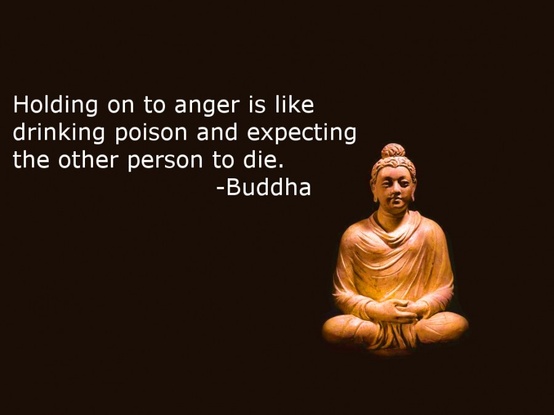Category: Spirituality
Something to Inspire

“Curiosity involves being gentle, precise, and open—actually being able to let go and open. Gentleness is a sense of goodheartedness toward ourselves. Precision is being able to see clearly, not being afraid to see what’s really there. Openness is being able to let go and to open. When you come to have this kind of honesty, gentleness, and good-heartedness, combined with clarity about yourself, there’s no obstacle to feeling loving-kindness for others as well.”
Excerpted from: Comfortable with Uncertainty: 108 Teachings on Cultivating Fearlessness and Compassion by Pema Chödrön
Something to Inspire
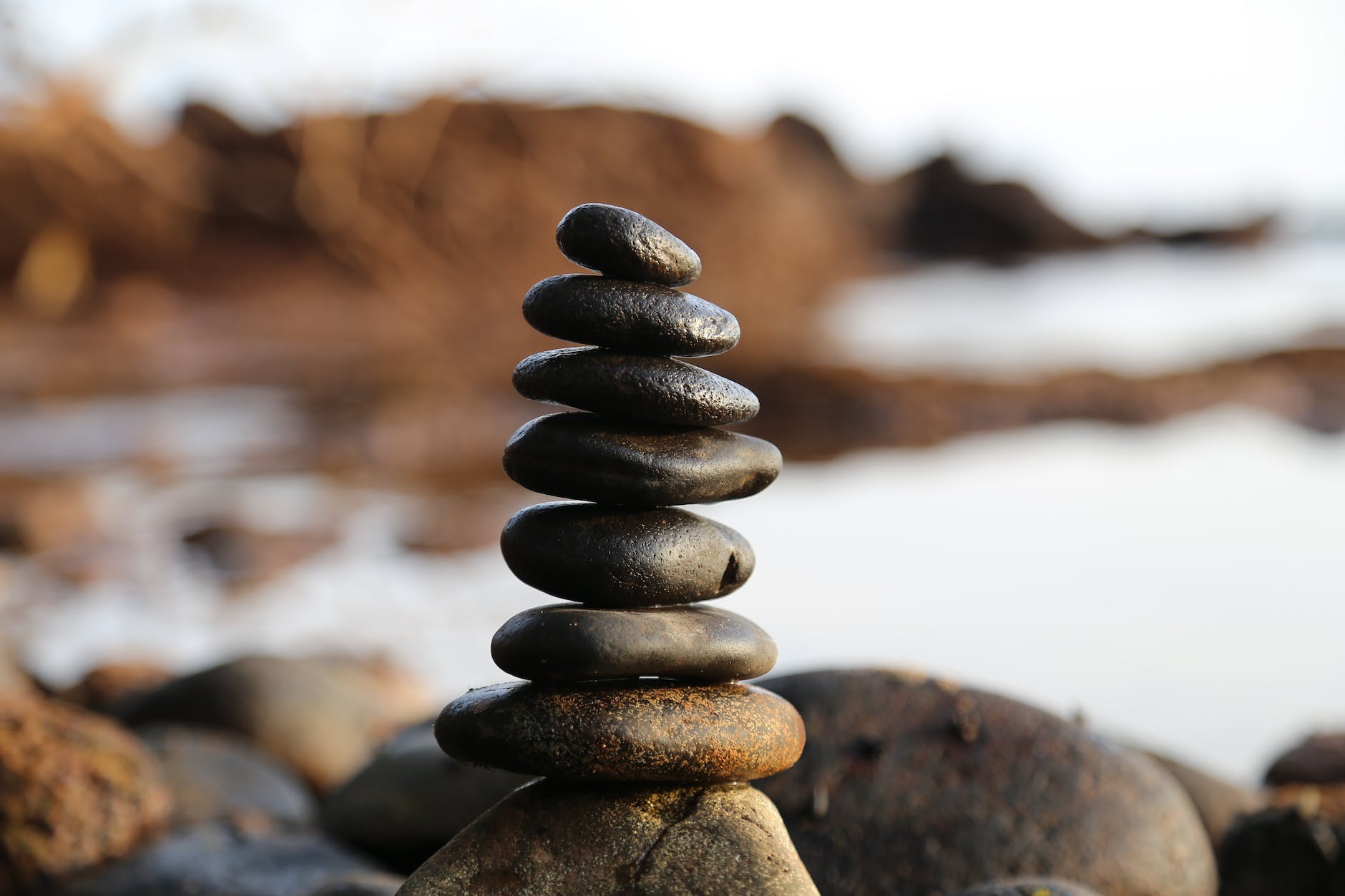
“If right now our emotional reaction to seeing a certain person or hearing certain news is to fly into a rage or to get despondent or something equally extreme, it’s because we have been cultivating that particular habit for a very long time. But as my teacher Chögyam Trungpa Rinpoche used to say, we can approach our lives as an experiment. In the next moment, in the next hour, we could choose to stop, to slow down, to be still for a few seconds. We could experiment with interrupting the usual chain reaction and not spin off in the usual way. We don’t need to blame someone else, and we don’t need to blame ourselves. When we’re in a tight spot, we can experiment with not strengthening the aggression habit and see what happens.“
Excerpted from: Taking the Leap: Freeing Ourselves from Old Habits and Fears by Pema Chödrön,
Something to Inspire
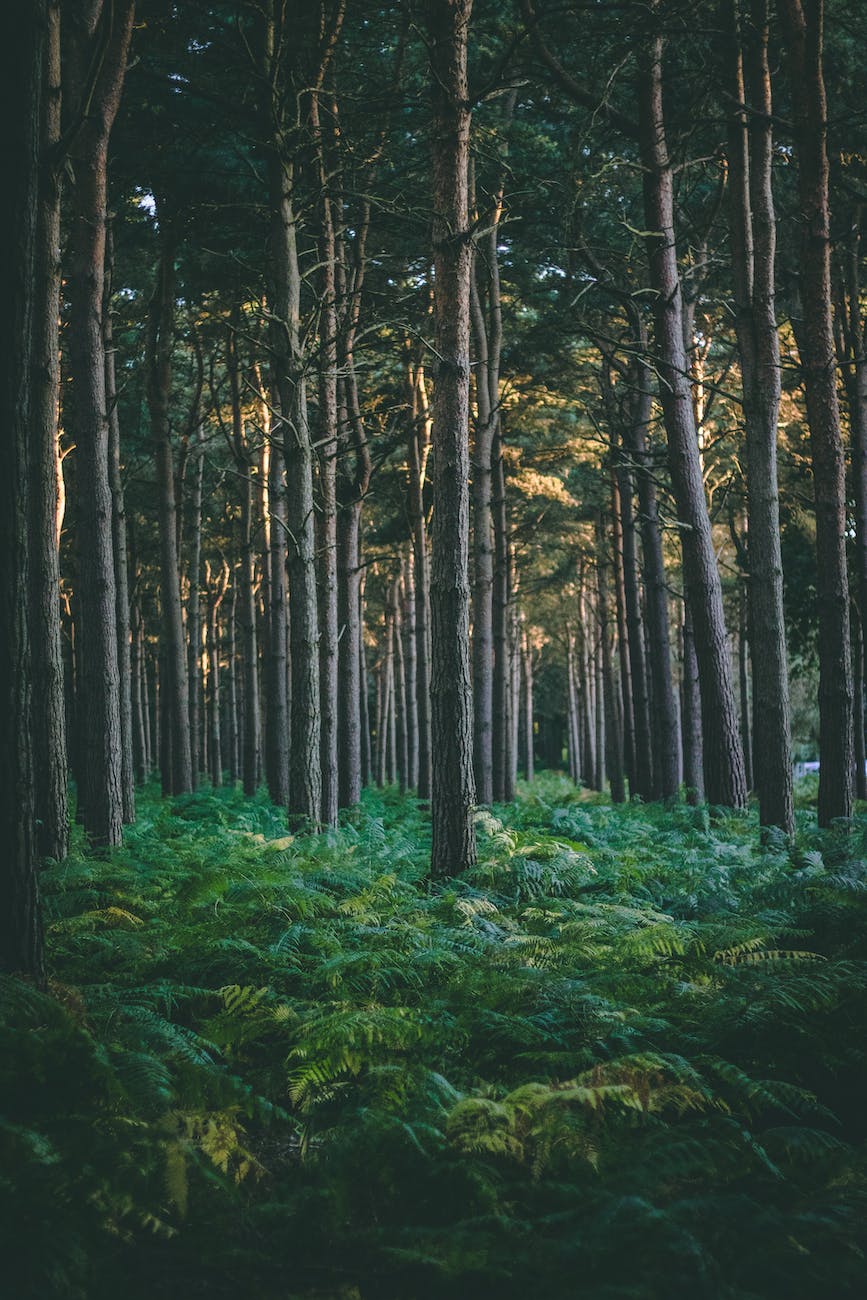
May God bless us with discomfort At easy answers, half-truths, And superficial relationships So that we may live Deep within our hearts. May God bless us with anger At injustice, oppression, And exploitation of people, So that we may work for Justice, freedom and peace. May God bless us with tears To shed for those who suffer from pain, Injustice, starvation and war, So that we may reach out our hands To comfort them and To turn their pain into joy. And may God bless us with enough foolishness To believe we can Make a difference in the world, So that we can do What others claim cannot be done.
Something to Inspire

Every day, at the moment when things get edgy, we can just ask ourselves, “Am I going to practice peace, or am I going to war?”
~ Living Beautifully: An Inspirational Journal by Pema Chödrön
Something to Inspire

A child raised by a good parent will grow up able to be a congenial and loving adult. The conduct of one parent with such a heart reveals itself in this way through ongoing generations. Parents’ lives are not confined to themselves alone. They are the starting point of life that unfolds into the infinite future.
Excerpted from: Zen Seeds: 60 Essential Buddhist Teachings on Effort, Gratitude, and Happiness by Shundo Aoyama
Life is a Mystery

When I was a little girl, my dad would often say, “Don’t worry, Lori. The good guys always win.” I loved it when he said this to me as it made me feel safe. It provided assurance that there is a logic and order to the world. It reduced our messy and complicated existence to simple dichotomies: good and bad, right and wrong, light and dark.
As I have grown older, I continue to believe in the transformative power of kindness, love, respect and generosity, but it does not prevent terrible things happening to ‘good’ people. It does not explain why so many suffer, or why humans behave in selfish, cruel and destructive ways. It does not justify racism and inequity. It provides no insight into the hoarding of resources or the destruction of the planet.
The older I get, the more I realize that, no matter how I try to wrap my head around it, the world we live in does not make sense. There is no simple and clear explanation. I will never fully understand how the world functions and I cannot ‘fix’ its brokenness. I have finally accepted this truth. The one thing I can do is live my life in the best way possible: one tiny decision and action at a time. I can actively choose to be a source of love and healing.
I am currently reading The Dhammapada by Eknath Easwaran: a Buddhist scripture traditionally attributed to the Buddha himself. The Buddha lived 2,600 years ago. He was an ordinary person, named Siddhartha Gautama, whose insights and teaching continue to ring true to this day. Buddha is not a name, but a title. It is a Sanskrit word that means “a person who is awake.” A buddha is awake to is the true nature of reality. Simply put, Buddhism teaches that we are blinded by illusions created by mistaken perceptions and “impurities” — hate, greed, ignorance. A buddha is one who is able to see clearly.
I experienced an ‘ah ha’ moment the other day when I read the following passage in the book.
The Buddha’s penetrating insight attracted many intellectuals, one of whom, Malunkyaputa, grew more and more frustrated as the Buddha failed to settle certain basic metaphysical questions. Finally he went to the Buddha in exasperation and confronted him with the following list:
“Blessed One, there are theories which you have left unexplained and set aside unanswered: Whether the world is eternal or not eternal; whether it is finite or infinite; whether the soul and body are the same or different; whether a person who has attained nirvana exists after death or does not, or whether perhaps he both exists and does not exists, or neither exists or does not. The fact that the Blessed One has not explained these matters neither pleases me not suits me. If the Blessed One will not explain this to me, I will give up spiritual disciplines and return to the life of a layman.”
“Malunkyaputra,” the Buddha replied gently, “when you took to the spiritual life, did I ever promise you I would answer these questions?”
“No, Blessed One, you never did.”
“Why do you think this is?”
“Blessed One, I haven’t the slightest idea!”
“Suppose, Malunkyaputra, that a man has been wounded by a poisoned arrow, and his friends and family are about to call a doctor. ‘Wait!” he says. ‘I will not let this arrow be removed until I have learned the caste of the man who shot me. I have to know how tall he is, what family he comes from, where they live, what kind of wood his bow is made from, what fletcher made his arrows. When I know these things, you can proceed to take the arrow out and give me an antidote for its poison.’ What would you think of such a man?’
“He would be a fool, Blessed One,” replied Malunkyaputra shamefacedly. “His questions have nothing to do with getting the arrow out, and he would die before they were answered.”
“Similarly, Malunkyaputra, I do not teach whether the world is eternal or not eternal; whether it is finite or infinite; whether the soul and the body are the same or different; whether a person who has attained nirvana exists after death or does not, or whether perhaps he both exists and does not exist, or neither exists or does not. I teach how to remove the arrow: the truth of suffering, its origin, its end, and the Noble Eightfold Path.” (pgs. 55-57).
In essence, the Buddha is saying there is much that is unexplainable and unknown in this world and beyond; but what he does know is we can end suffering through our own actions. In following the the Noble Eightfold Path, we cease harming ourselves and others: Right View, Right Resolve, Right Speech, Right Action, Right Livelihood, Right Effort, Right Mindfulness, and Right Concentration. We become a source of light in the darkness.
Something To Inspire

“Curiosity involves being gentle, precise, and open—actually being able to let go and open. Gentleness is a sense of goodheartedness toward ourselves. Precision is being able to see clearly, not being afraid to see what’s really there. Openness is being able to let go and to open. When you come to have this kind of honesty, gentleness, and good-heartedness, combined with clarity about yourself, there’s no obstacle to feeling loving-kindness for others as well.“
~ Pema Chödrön, Comfortable with Uncertainty: 108 Teachings on Cultivating Fearlessness and Compassion
Something to Inspire

Source: Pearls Before Swine
Letting Go
My Uncle Mike passed away this week at eighty-three years old. He was my dad’s older brother and he played an incredibly important part in my young life. Losing someone you love is never easy, even when it is expected, or it is their time in life. It leaves behind an absence that cannot be filled. A person-sized void.
My uncle was strong, resilient and smart. He was a boxer in his youth and he played rugby in his forties. He always smelled faintly of cologne and soap. He gave big bear hugs and he was always laughing. We spent many summer afternoons visiting his cabin on the shores of Lake Tahoe: located just down the road from Obexers Marina and Chambers Landing. The coolers were always teeming with ice, pop and beer, and the charcoal barbecue smoked on the wooden porch for hours, cooking endless burgers and hot dogs for the friends and family that always filled his house. I remember sitting on the swing in the yard with my sister, our bare feet skimming the dry grass, watching the adults laughing and talking all around us, and feeling very happy to be a part of it all.
One of my favourite family photos was taken when I was about ten years old. It captures a beautiful moment with my California relatives: Aunt Charlis, Cousin Kate, Aunt Susie, Grammie, Dad, Mom and Uncle Mike. With the exception of my Dad, all of the adults in the picture are now gone. I feel their absence as a deep aching in my heart. I realize that when it was taken, many of them were roughly the same age that I am now. I remember how old and wise they seemed to me back then. Now I know the truth. None of us really ever ‘grow up’: we only grow older. Although I am an ‘adult’, I will forever remain seventeen in my heart. It is now my job to pretend that I know what I am doing, and keep things steady for the younger members of the family: to guide them as best I can with what I have learned along the way.
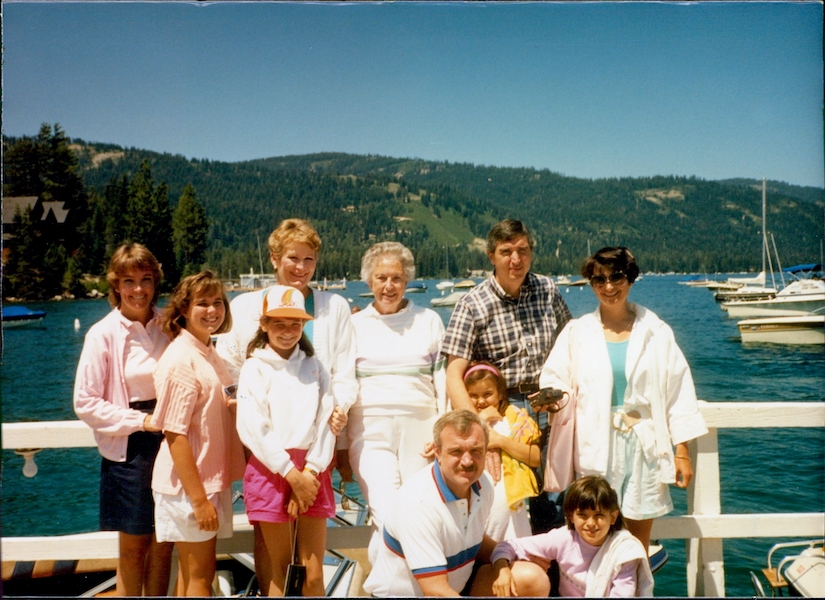
I was incredibly fortunate to visit my uncle this past October. I knew it would be the last time I would see him, so I tried to cherish every moment that we had together. I told him how much I loved him and what he meant to me. I gave him extra hugs and I inhaled his smell. I created memories to draw on now that he is gone. I am so grateful to have had him, and all of my beloved family members, in my life. Sometimes you get a long time together and sometimes it is cut short. Although I believe he is happy and at peace now, reunited with his loved ones in the world beyond this one, I miss him. It is never, ever easy to let go.
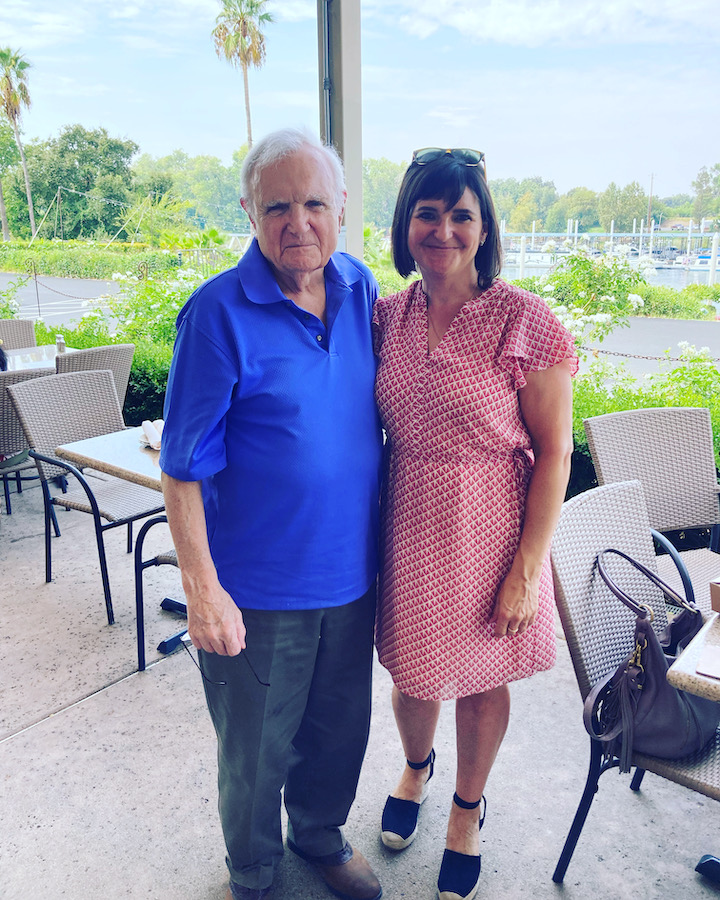
Something to Inspire
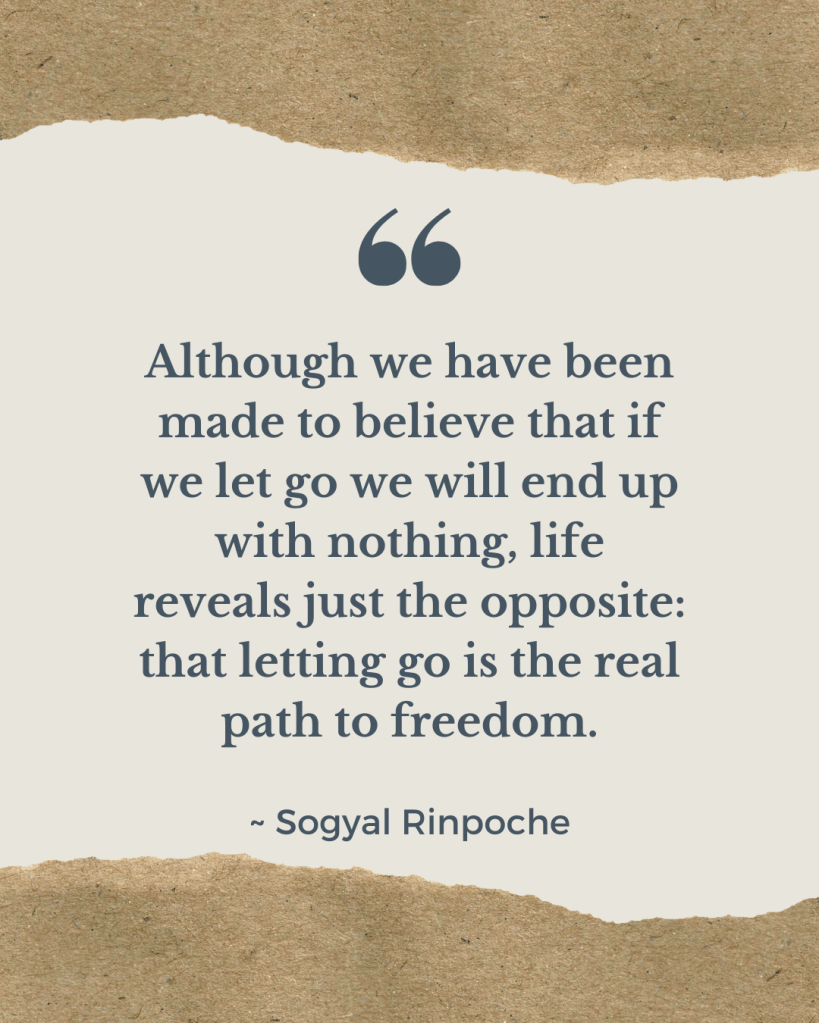
A Reminder to Self
